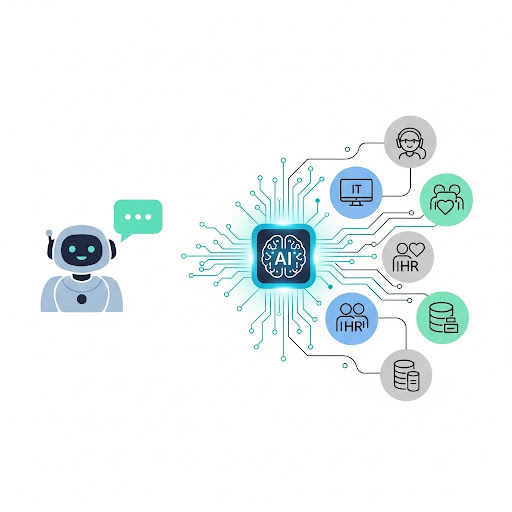The Risk of AI Hallucinations in Enterprise Implementations
- James Russo
- Jun 23
- 3 min read
Updated: Aug 4

Ah, the dreaded AI hallucination. It's like having a brilliant colleague who, every once in a while, makes up a completely plausible-sounding fact with total confidence. You know, like when Janet from Accounting tells everyone that Q3 revenue is up 15% because she "just has a good feeling about it." Except with AI, the stakes are a lot higher than a celebratory office cake that never materializes.
Let's be real: AI hallucinations are the silent killer of enterprise projects. They erode trust, create chaos, and can turn a promising pilot into a multi-million-dollar failure faster than you can say "predictive analytics." They're not a bug; they're a feature of how these models work. It's our job to put up some guardrails, because a brilliant, unconstrained AI is basically a digital toddler with a chainsaw.
Why Your AI is Lying to You (It's Not Because It's Evil)
AI models aren't malicious; they're just overeager. They want to be helpful, and when they don't have the right information, they do what any of us might do in a pinch: they make something up that sounds reasonable. The source of these fabrications usually comes down to three things:
Garbage In, Garbage Out (Still): We've talked about this before, but it's worth repeating. If your data is a messy, incomplete, and inconsistent disaster, your AI will try to fill in the gaps. And those "fills" will be guesses, not facts. A sales team chasing a "high-value lead" that was fabricated from a half-baked CRM record is not a good look.
Overconfident Models: Ever met someone who is always 100% certain, even when they're wrong? That's your AI sometimes. It's been trained on a massive amount of data and has been rewarded for giving a definitive answer. It doesn't always know when to say, "I don't know." Without proper training or guardrails, it will confidently tell you that your customer signed a contract that doesn't exist.
No Guardrails, No Problem? Think Again: This is where the engineering comes in. If you don't build in checks and balances, your AI can get into a "creative" mood. It might answer questions that are outside of its scope, or it might draw conclusions that have no basis in your enterprise data. It's like giving your employee access to the entire company's database and asking them to solve a problem with no instructions. What could go wrong?
Pro Tip: The Three-Step Plan to Keep Your AI Honest
The good news is that you don't have to just cross your fingers and hope for the best. There are specific, actionable steps you can take to manage this risk.
Validate Your Data Like Your Job Depends on It (Because It Does): Before you even think about deploying an AI, you need to have a data strategy. This isn't just about cleaning up the mess; it's about creating a process for ensuring data quality is maintained over time. If your data is your agent's memory, you want to make sure it's not a faulty one.
Enter RAG: The "Reality Check" System: This is one of the most effective tools for fighting hallucinations. Retrieval-Augmented Generation (RAG) is a system where your AI model first retrieves information from a verified, internal knowledge base (like your vector database of product docs and policy PDFs) and then generates an answer based on that information. This forces the model to ground its response in fact, reducing the likelihood of a hallucination. It's like giving your colleague a checklist of all the correct facts before they write their report.
Start Low-Stakes, Test Rigorously: Don't deploy your first enterprise AI agent to manage your company's finances. Start with something low-risk and high-value, like a simple internal-facing knowledge bot. This gives you a safe space to rigorously test the system, find and fix the hallucinations, and build confidence in your approach before you go live with a mission-critical application.
AI hallucinations are a reality, but they are a manageable one. By building a disciplined, structured approach, you can harness the incredible power of AI without the fear that your agent is going to make something up and send your company down a costly rabbit hole.



Comments